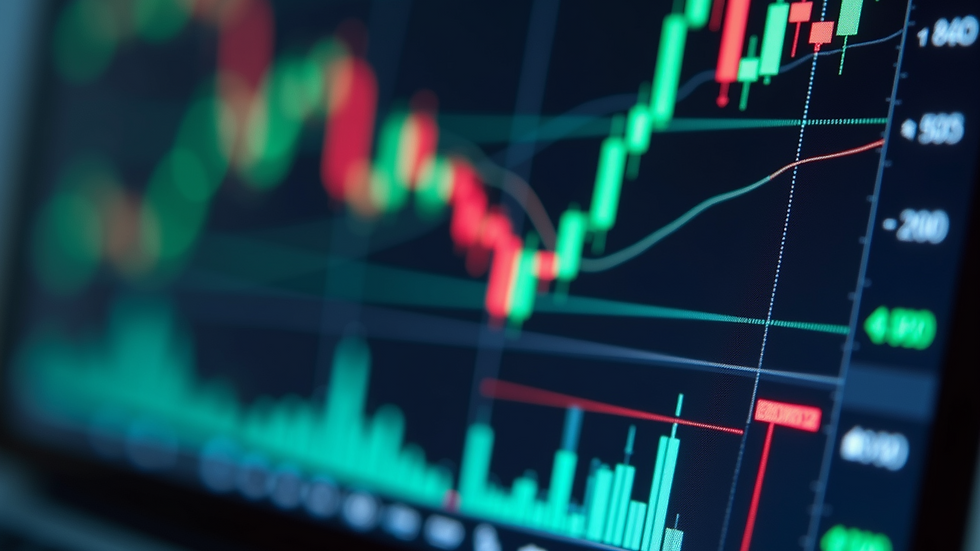Navigating Debt Ceiling Outcomes: Implications for Markets
- forex368

- Jul 10
- 2 min read
The looming debt ceiling standoff has been downplayed by the markets, but it would be a mistake to dismiss its potential impact. While default is not the base case, it is more likely than in 2011. The various resolution scenarios all pose downside risks for the economy and financial assets, particularly equities. This article explores five possible outcomes and their potential effects on market performance.
Scenario 1: Rational Government
In this benign scenario, a deal is reached well in advance, mitigating market disruptions. While the timing remains uncertain, the likelihood of a reaction is minimal, given the current market complacency.
Scenario 2: McCarthy Blinks
If negotiations go down to the wire but a deal is ultimately struck with minimal short-term cuts, markets will breathe a sigh of relief. Equities and non-government bonds would benefit, while Treasuries may face increased future rate hike risks.
Scenario 3: Base Case
As negotiations approach the deadline, some near- and medium-term spending cuts are implemented, impacting the economy before the 2024 Presidential election. This scenario poses downside risks for equities and non-government bonds, with investment-grade and government bonds potentially performing better due to their safer status.
Scenario 4: Default
One possibility is that the US Congress fails to raise the debt ceiling, leading to market turmoil. However, history suggests that Congress would likely reach an agreement swiftly to avoid a market meltdown, similar to the TARP deal following the Lehman Brothers failure. Another variation involves President Biden intervening with a "platinum coin or 14th Amendment" fix, preventing technical default but still causing market reactions.
Scenario 5: Armageddon Scenario
This worst-case scenario entails extreme partisanship preventing a debt ceiling agreement, leading to a deep recession, equity and high-yield market crashes, and potential bank runs. While highly unlikely, such an outcome would have severe implications for the US economy, asset markets, the US dollar's reserve currency status, and US Treasury securities as a safe haven.
Conclusion:
While default is not the most probable outcome, the risk is higher this time due to increased political division. However, a last-minute deal is still expected, potentially involving some spending cuts. This would result in a fiscal drag on a slowing economy, leading to downside risks for equities and non-government bonds. The impact on investment-grade bonds and Treasuries would be less severe. Additionally, the resolution of the debt ceiling standoff may trigger market drops, with liquidity implications as Treasury debt issuance increases. In the medium-term, asset prices face downside risks due to the current economic environment characterised by high inflation and the Federal Reserve's tightening policies. Ultimately, these factors will exert significant influence on market performance.




